
|
|
|
|
|
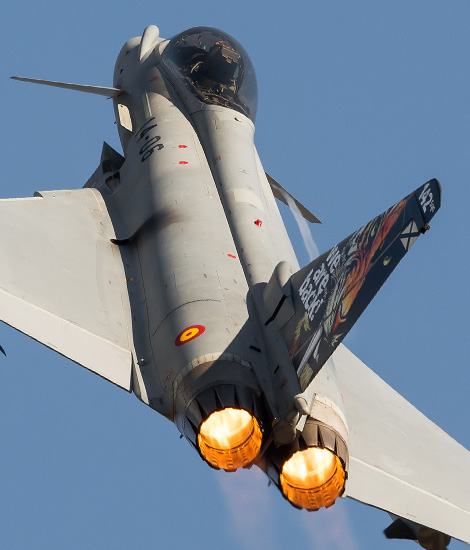
|
The Three Esquadrons of Ala 15; Zaragoza, May 20, 2016
Traditions and Habits of Ala 15; Text and Photograph's by door Alex van Noye
The Spanish Ala 15 is since 2008 a full member of the NATO Tiger Association. For this reason Ala 15 participates annually in the NATO Tiger Meet. The unit is flying during this meeting with its European partners. The unit also has a training role for the advanced training of new pilots on the EF-18 Hornet.
Ala 15 is in Spain with three squadron's the largest F-18 unit of the Spanish Air Force. After the founding of Ala 15 on December 16, 1985, the three units were founded one by one in the years which followed. The three units which belong to Ala 15 are; the 151 Esquadron which is referred to as Toro (Bull), the 152 Esquadron which is referred to as Mars and the 153 Esquadron which is referred to as Ebro (which is a Spanish River). Ala 15 is a member of the NATO Tiger Association since 2006. During the Tiger Meet in 2006 in Albacete, the unit would participate for the first time in the Tiger Meet. The unit was a candidate member at that time. Since the Tiger Meet 2008, which was designated as Ocean Tiger at the French airbase Ladivisiau, Ala 15 became a full member of the NATO Tigers. The reason why Ala 15 wanted to become a member of the NATO Tigers was because of the new commander of Ala 15 who came from Ala 41 which was also a tiger unit. Ala 15 would eventually continue the traditions in this way of the disbanded Ala 41. The badge of Ala 15 is showing a tiger in a white circle which is standing up with its claws ready to attack. The unit has the slogan "Quien Paga Ose" which stands for "Who Dares Needs to Pay". This slogan represents the guts which the unit shows when they go to war. This slogan is misspelled in correct Spanish, because it is related to the Andalusian dialect. However, the commander of the unit did not wanted to admit that he made a mistake in the grammar of this slogan.
The first squadron which is assigned to Ala 15 is the 151 Esquadron. This unit is also known as Toro (Bull). The unit was established under the name of Ebro in 1986 as the first unit of Ala 15. In 1990, the unit was nicknamed Toro after pilots of the unit had developed a corresponding batch. The name Ebro was later dropped and reintroduced in the establishment of the 153 Esquadron. Initially Ala 15 had the batch of the saber-toothed tiger which was related to the disbanded Ala 41. The 151 Esquadron wore the batch of the saber-toothed tiger during its creation which is nowadays visible in the
|
|
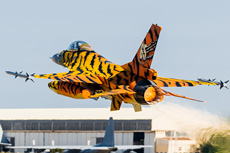
|
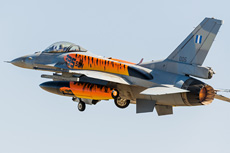
|
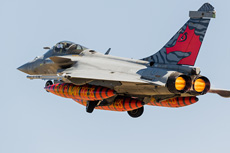
|
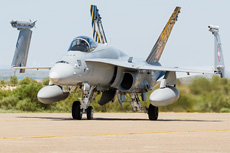
|
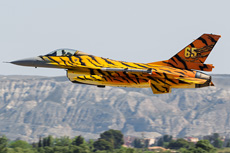
|
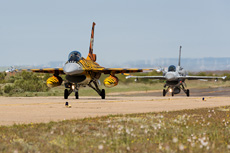
|
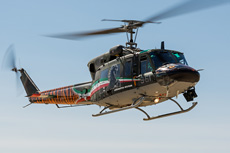
|
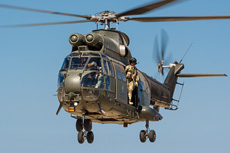
|
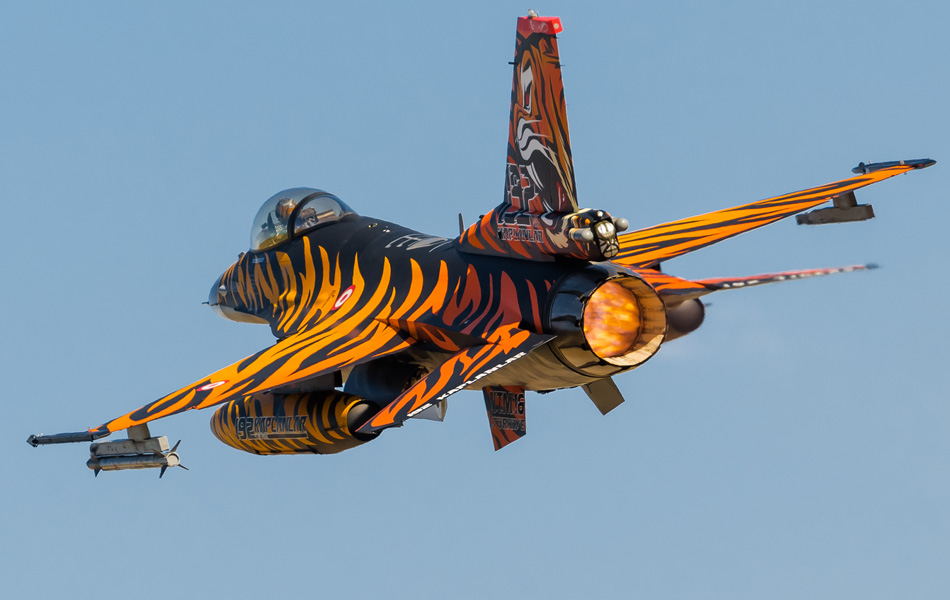
|
batch of Ala 15. Eventually, this tiger was symbolizing Ala 15 as a whole wing and not just for the 151 Esquadron from 1995. Today, the emblem of the 151 Esquadron consists of a bull in the attack posture. The spell of the esquadron is "Cara A Cara" and means "Face to Face". Braving the bull represents the character of the brave fighter pilots in Spain. The term Face to Face indicates that the pilots are specialized in the air defense role, and that they stand their ground in a battle with their EF-18 Hornets. After the formation of the 151 Squadron the unit flew the first two new F-18s from the United States to the Canary Islands. Later it was decided to station Ala 15 at Zaragoza where it still is based nowadays. The name Toro was also unofficially used until November 16, 1995 as a tactical call sign of the unit during major exercises.
The second squadron which is part of Ala 15 is the 152 Esquadron. The unit was established as the second F-18 squadron within Ala 15 in June 1988. This Unit would become like Esquadron 151 a fully operational deployable combat unit. The unit selected the word "Mars" quickly as tactical for the radio traffic for this unit. The majority of the pilots thought the name Mars was the right name for the new unit. The emblem was designed in 1990. A Roman warrior was visible in the logo with a thunderbolt in his right arm. In the left arm it carried the battle shield on which the tiger of Ala 15 is shown. The thunderbolt stands for the offensive power of the unit while the shield stands for the defense of the Spanish airspace. In the background the red planet Mars is shown with on its background the interstellar space. The Roman warrior is placed between the sky and the planet which indicates the area of operation of the 152 Esquadron. On the edge of the logo is the term "Mars Vigila" written. Freely translated it means "Observe Mars." This term was in the time of the Roman Empire used to invoke the god Mars when the army went to war. It was believed that Mars during the fight would ensure the welfare of the soldiers and that the next battle would be won. The 152 Esquadron is like the 151 Esquadron active in both the offensive and defensive role in the Spanish Air Force. Both units are responsible for monitoring the northern Spanish airspace.
The third and last unit of Ala 15 is the 153 Esquadron. This squadron was established in 1995 as a division of the 151 Esquadron. It was decided to create a new unit at Zaragoza Air Base for the training of all pilots on the C15 in Spain. The new unit also took over the traditions of the 151 Esquadron after it was decided that this would continue under the name Toro. The 153 Esquadron would be established under the name Ebro. The Ebro is a large river which flows through the northeast of the country. The Ebro rises in the Cantabrian Mountains and flows through Zaragoza to the Mediterranean Sea at Tortosa. Initially, the unit had the badge of the saber-toothed tiger like the 151 Esquadron in its early days. Later, the unit would get a batch which shows a big bird which is taking care for a small bird. This batch symbolizes the training task of the unit. The 153 esquadron is actually the training unit for the Spanish EF-18 pilots. The emblem of this unit comes from the time of the Spanish Civil War. Here it was used as a training squadron on planes like the Caproni AP1 of the Escuela de Caza which was based on the Gallur Zaragoza. Later this unit also provided the training for the Heinkel-51 pilots. The spell of the 153 Esquadron is "No Semos Naide" which stands for "Built Out of Nothing". The training received by the pilots in the 153 Esquadron is the operational conversion training on the Hornet. After completing this training the pilots will be assigned to one of the operational Hornet units in Spain. The pilots who have completed this training are trained to the standard LCR (Limited Combat Ready). The full Combat Ready status will be trained by the pilots at the operational units.
|
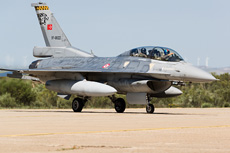
|
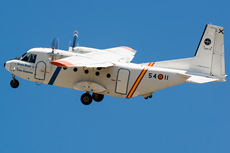
|
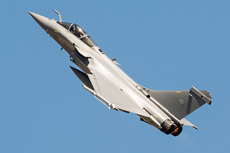
|
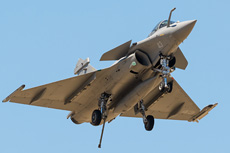
|
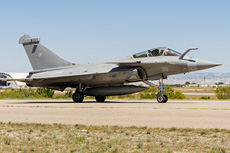
|
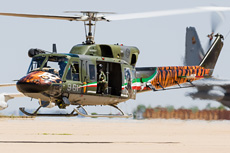
|
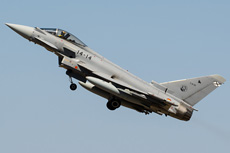
|
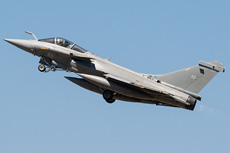
|
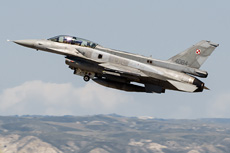
|
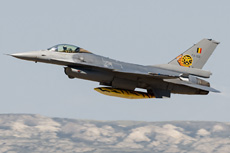
|
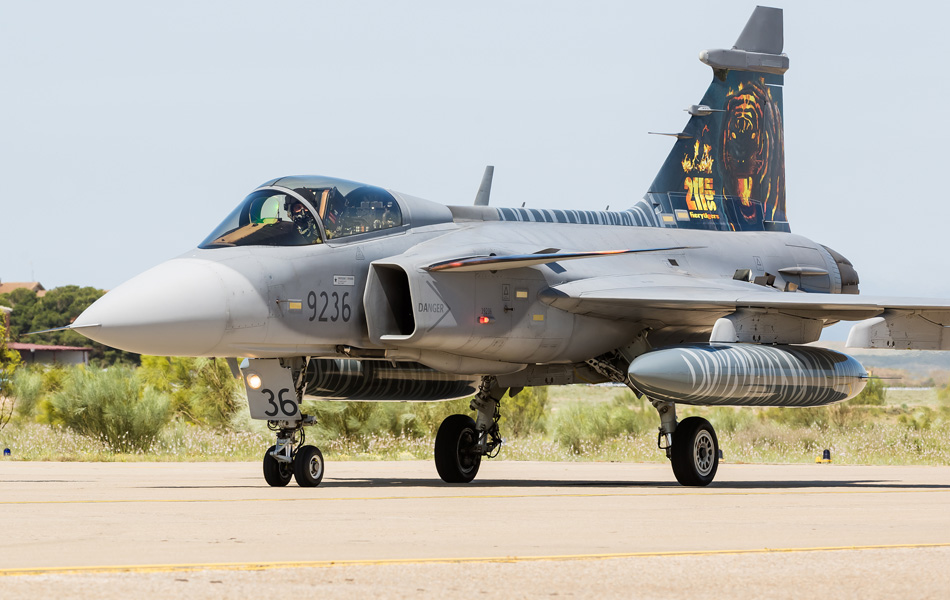
|
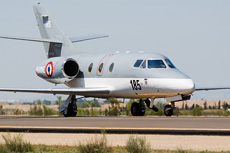
|
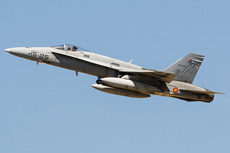
|
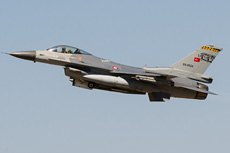
|
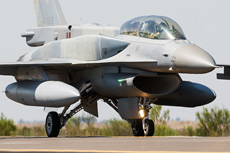
|
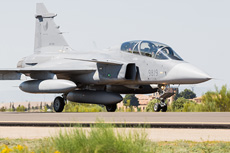
|
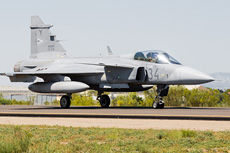
|
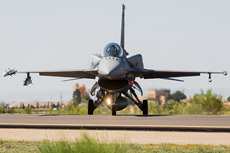
|
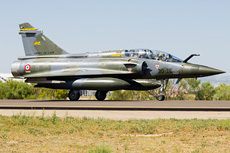
|
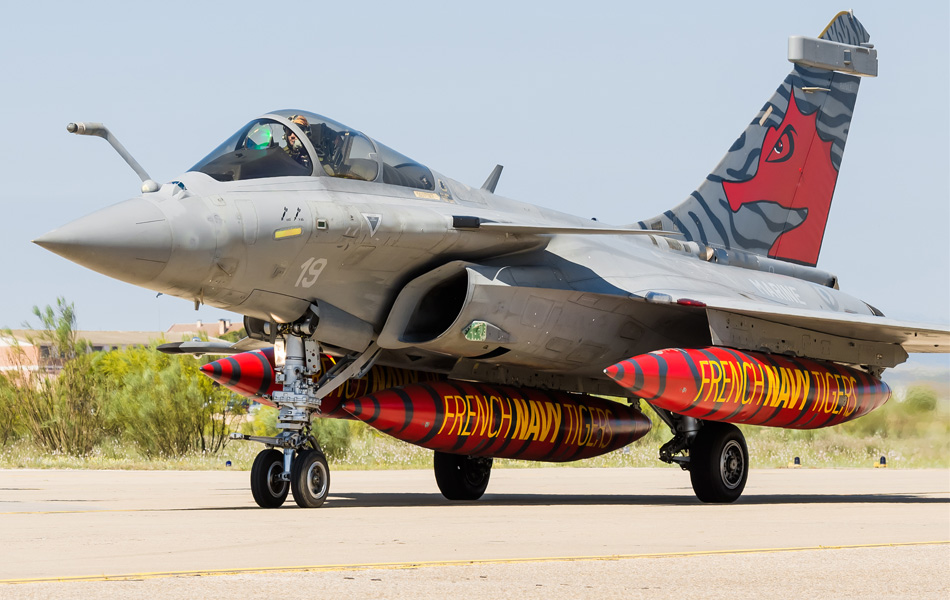
|
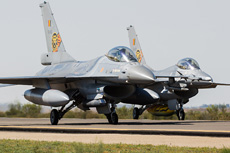
|
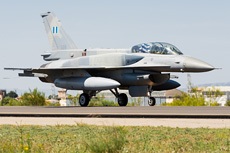
|
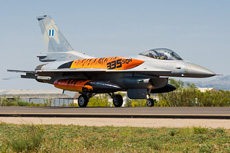
|
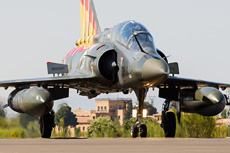
|
|
|

|







